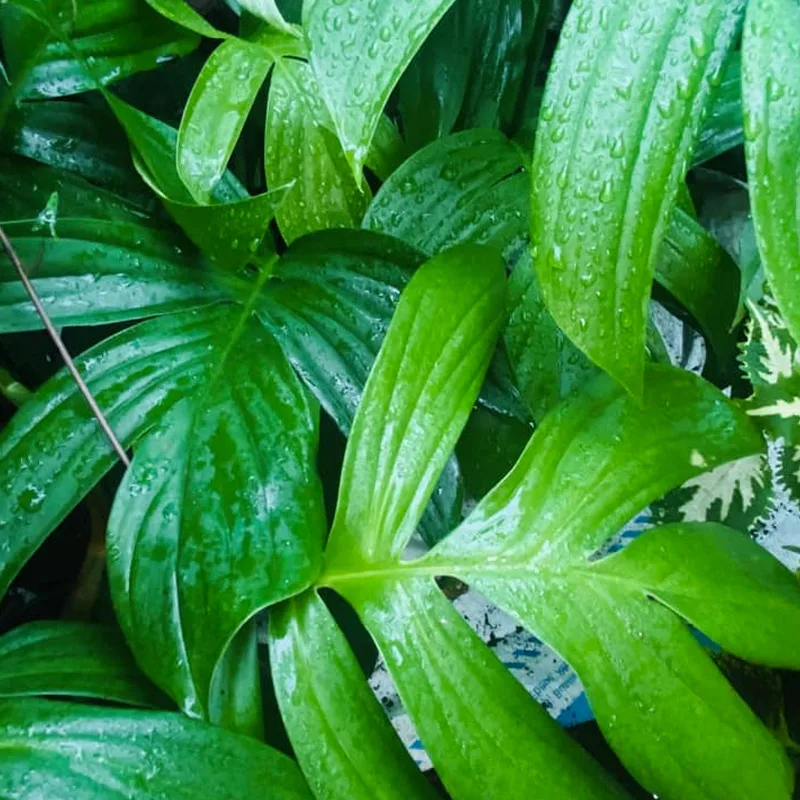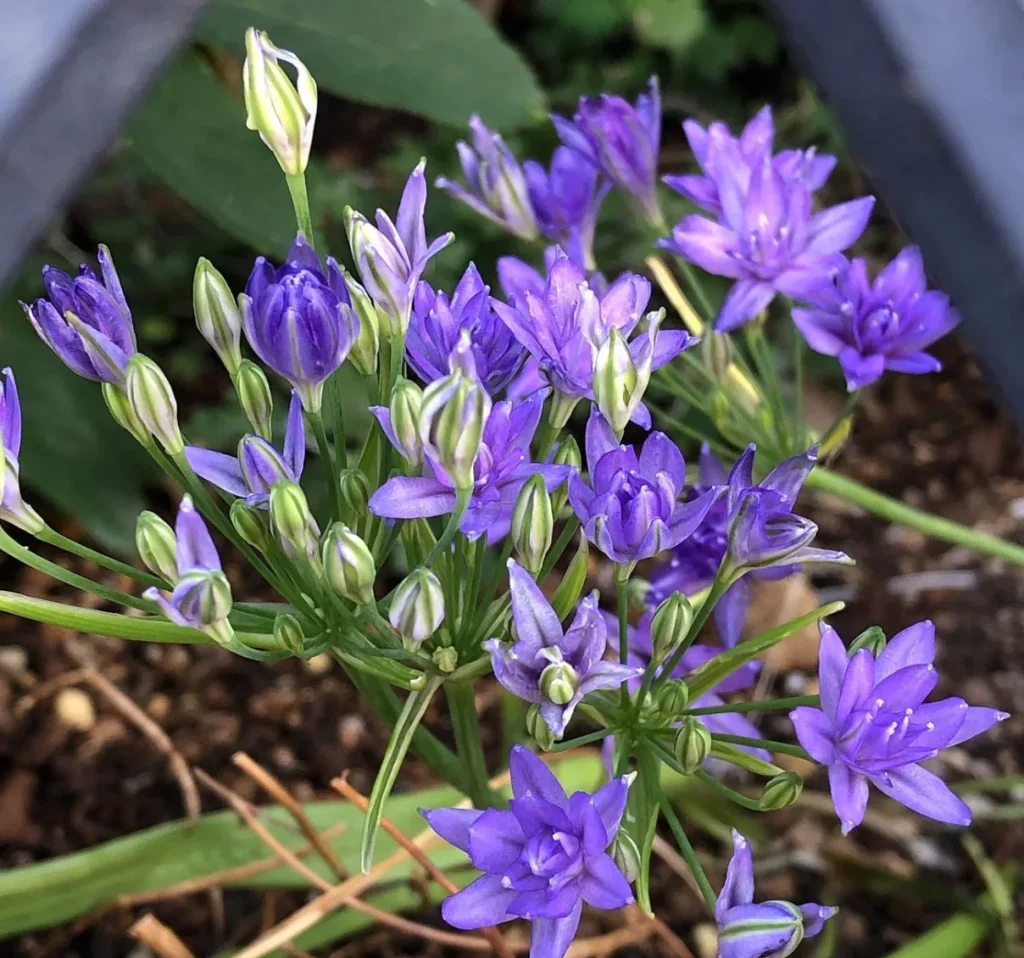The Allure of the Hibiscus Kopper King: A Gardener’s Guide
Few things add a splash of drama to a summer garden quite like the Hibiscus Kopper King. These captivating plants boast enormous, ruffled blooms in shades of pale pink, often adorned with a striking red eye. But their beauty isn’t their only claim to fame. Kopper Kings are surprisingly cold-hardy perennials, thriving in zones 4 to 9. They’re also relatively low-maintenance, making them ideal for busy gardeners like myself.
Intrigued? If you’re ready to welcome the Kopper King’s majestic presence into your own garden, then this guide is for you. Here, I’ll share everything I’ve learned about caring for these stunning hibiscus, from planting and watering to attracting pollinators and keeping them pest-free.
439 Species in Genus Hibiscus
Where to Find Your Kopper King?
Kopper King Hibiscus are widely available at most nurseries and garden centers. However, if you’re feeling adventurous, you can also try propagating them from cuttings.
How to plant Hibiscus Kopper King?
Choosing the right spot for your Kopper King is crucial. These hibiscus thrive in full sun, receiving at least 6-8 hours of direct sunlight daily. They also prefer well-draining, moist soil rich in organic matter.
Here’s how to ensure a smooth planting process:
- Dig a hole twice the width and depth of the pot your Kopper King came in.
- Amend the soil in the hole with compost or aged manure to improve drainage and provide nutrients.
- Gently remove the hibiscus from its pot, loosen any root-bound plants, and position it in the center of the hole.
- Backfill the hole with the amended soil, ensuring the root crown sits slightly above the soil level.
- Water the plant deeply to settle the soil around the roots.
Keeping Your Kopper King Hydrated
Kopper King Hibiscus enjoy consistent moisture, especially during their active growing season. Aim to water them deeply every few days, allowing the top inch of soil to dry slightly between waterings. During hot, dry spells, you may need to water more frequently.
A good tip is to mulch around the base of your hibiscus with a layer of organic material like shredded bark or wood chips. This helps retain moisture in the soil and suppress weed growth.
Feeding Your Kopper King for Vibrant Blooms
While Kopper King Hibiscus aren’t heavy feeders, a balanced fertilizer can encourage abundant blooms. Apply a slow-release fertilizer formulated for flowering plants in early spring and once again in midsummer. Be sure to follow the application instructions on the product label to avoid overfertilizing.
The Art of Pruning Your Kopper King
Kopper King Hibiscus benefit from light pruning in late winter or early spring before new growth begins. This encourages bushier growth and promotes more blooms. Simply remove any dead, diseased, or damaged branches, and cut back the remaining stems by about one-third.
How to winter care for Hibiscus Kopper King?
Since Kopper King Hibiscus die back to the ground in colder climates, winter protection is essential. Once the first frost arrives, cut the stems back to about 6-8 inches above the ground. Apply a layer of mulch around the base of the plant to insulate the roots from freezing temperatures.
Come spring, remove the mulch and wait for new growth to emerge. Don’t worry if it takes a while; Kopper Kings are known for being late risers.
Enjoying the Show: Attracting Pollinators with Your Kopper King
The Kopper King’s large, showy blooms are a magnet for pollinators like butterflies, hummingbirds, and bees. These beneficial insects not only add a touch of magic to your garden but also play a vital role in plant reproduction. To further entice these visitors, consider planting other flowering companions near your Kopper King, such as butterfly weed, cone flowers, or daylilies.
Keeping Pests and Diseases at Bay
Kopper King Hibiscus are generally resistant to most pests and diseases. However, they can occasionally be bothered by aphids, Japanese beetles, or fungal diseases. Inspect your plants regularly, and if you notice any problems, address them promptly using organic methods whenever possible.
For example, a strong blast of water from the hose can dislodge aphids, while handpicking and removing Japanese beetles is an effective control method. Neem oil spray can also be used to treat fungal diseases.
With a little care and attention, your Kopper King Hibiscus will reward you with a season of stunning blooms and a vibrant garden buzzing with life. So, why not give this captivating hibiscus a try and witness its magic unfold in your own backyard?
If i die, water my plants!



